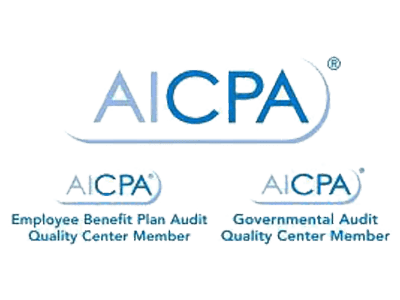Among the tax deduction opportunities that have vanished with the passing of the Tax Cuts and Jobs Act of 2017 are miscellaneous itemized deductions that exceed 2% of the taxpayer’s gross income. Such deductions included unreimbursed employee business expenses.
 In 2018, the IRS released an updated Employer’s Tax Guide to Fringe Benefits, which reflects the new tax law. This guide mentions some ways that employers can offer education benefits that receive favorable tax treatment.
In 2018, the IRS released an updated Employer’s Tax Guide to Fringe Benefits, which reflects the new tax law. This guide mentions some ways that employers can offer education benefits that receive favorable tax treatment.
Example 1: Heidi Larson is a supervisor at ABC Corp., where she is responsible for a small group of workers. Heidi is paying for online courses that will ultimately lead to an MBA and help her in her current job. Under prior law, Heidi may have been able to deduct her costs for the MBA program, but that’s not the case now.
Filling the Gap
Many people will be in Heidi’s situation, unable to offset the cost of paying for education that will bolster their careers. In this environment, your small business can provide valuable education-related assistance. Offering help in this area may allow your company to attract and retain high-quality workers, in addition to improving your employees’ on-the-job performance.
Drilling down, those no-longer-deductible employee expenses included education outlays that were related to someone’s work at your company. The loss of these tax deduction opportunities is in effect from 2018 until 2025, at minimum.
Educational Assistance Programs
An educational assistance program (EAP) must be a written plan created specifically to benefit your company’s employees. Under such a plan, you can exclude from taxable compensation up to $5,250 of educational assistance provided to each covered employee per year.
Example 2: Suppose that DEF Corp. has an EAP. Ken Matthews, a supervisor there, is taking courses in a local MBA program. DEF provides $5,000 to help Ken pay for his courses this year. DEF can deduct its $5,000 outlay, whereas Ken does not report that $5,000 as taxable income. It makes no difference whether DEF pays the bills directly or reimburses Ken for his outlay.
Some formality is required when setting up an EAP and certain requirements must be met. The plan can’t favor highly compensated employees or company owners, for example, and it can’t offer cash to employees instead of educational assistance. Our office can help you create an EAP that complies with IRS requirements.
Working-Condition Fringe Benefit
The benefits in this category don’t require a formal plan, there is no limit on the amount of educational assistance involved, and no explicit limit on highly compensated employees or owners. However, there are rules that must be followed to earn tax breaks.
The education must be required, by the company or by law, in order for the employee to maintain his or her present position, salary, or status at the firm, and the learning must have a valid business purpose for the employer. If those conditions can’t be met, tax breaks still may be available if the education helps to maintain or improves job-related skills.
Regardless of the previous paragraph, tax benefits will be denied if the education is needed to meet the minimum educational requirements of the employee’s current job or if the course will qualify the employee for a new trade or business.
Example 3: Nora Pearson, a supervisor at GHI Corp., is going to law school at night. Even if learning the law will help Nora do her job better, company funding for her courses won’t qualify for favorable taxation because the education could enable Nora to become an attorney, a new trade for her. Any assistance from GHI will be treated as taxable compensation.
Note that it is possible to have an EAP and provide over $5,250 to an eligible employee. Assuming that all conditions are met, assistance over $5,250 might be deductible for the employer and excluded from the employee’s taxable compensation as a working-condition fringe benefit.







